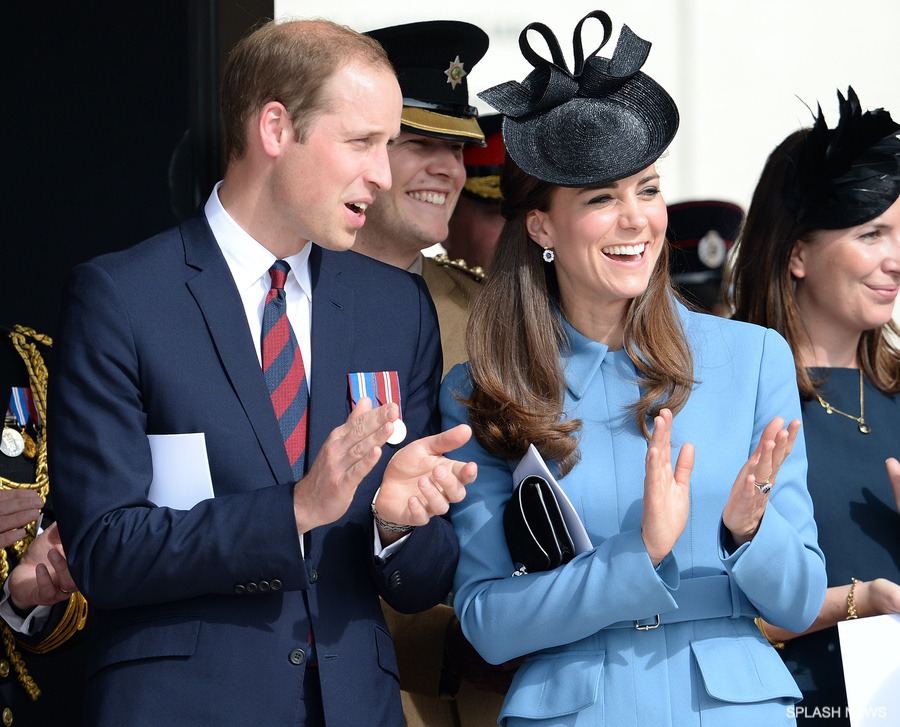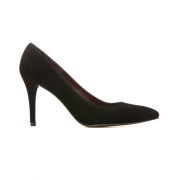On the 6th of June 2014, William and Kate joined several members of the British Royal Family in Normandy, France to take part in events commemorating the 70th anniversary of D-Day.
A quick history refresher about D-Day:
On the 6th June 1944, Allied forces took part in a military operation now referred to as the Normandy Landings or D-Day. The landing operation began the invasion of Nazi German-occupied western Europe, led to the restoration of the French Republic and contributed to an Allied victory in the Second World War.
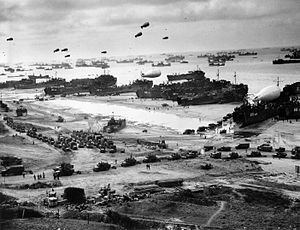
Although most of the men who landed on the Normandy beaches were from the UK, USA and Canada, they were joined by troops from Australia, Belgium, Czechoslovakia, France, Greece, The Netherlands, New Zealand, Norway and Poland too. The Royal British Legion website describes the Normandy Landings as “pivotal in drawing the Second World War to a close, as well as being one of the most ambitious attacks in military history.” D-Day was a culmination of two years worth of meticulous preparations and high-level planning between British and American commanders.
If you’d like to learn more about D-Day and read a timeline of events from the historic invasion, click here or check out the ‘essential reading’ section below.
70th Anniversary Commemoration Events:
D-Day was observed with a number of events throughout the week in both France and Great Britain. From the Royal British Legion website:
On Friday 6 June 2014, the 70th anniversary of D-Day, the biggest wartime operation ever will be commemorated on both sides of the English Channel. Second World War veterans will be honoured with a commemorative service and wreath laying in Bayeux.
A look at HM The Queen laying a wreath in Bayeux earlier in the day:

While other key members of the British Royal Family took part in events across Normandy, William and Kate met veterans at a tea party in the town of Arromanches.
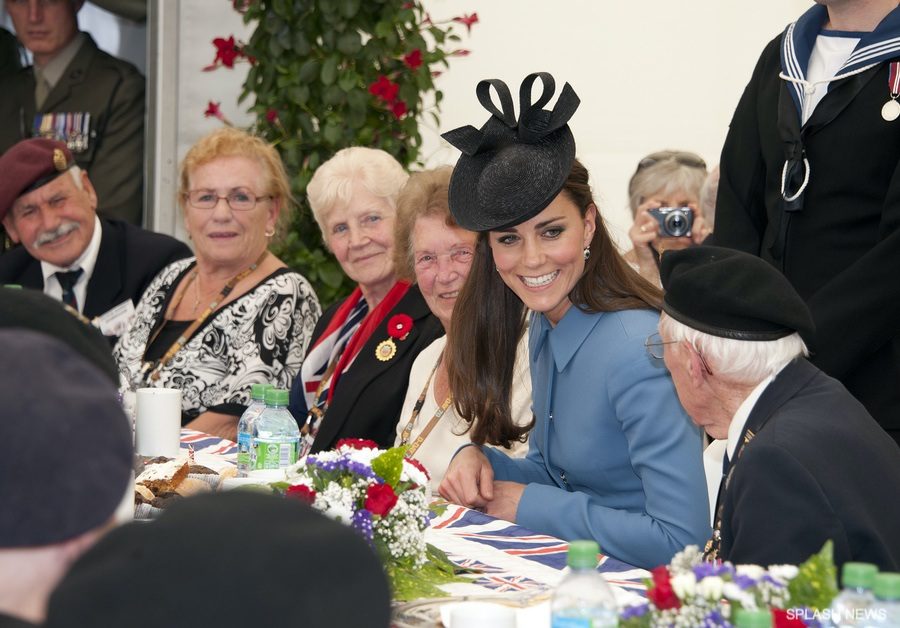
The royal couple were met by the town’s Mayor, Monsieur Patrick Jardin and Naval Attache, Christopher Clough. After a meet and greet with French and British scouts and cadets, the pair entered the tea tent for the ‘tea party’ with World War Two veterans. A number of Royal Navy, Royal Marine and Royal Engineers personnel were present too. You can watch a video of the brief tea party here on the ITV website.
Next, William and Kate headed over to the D-Day Museum on Gold Beach, Arromanches, where they met a historian who gave them a short briefing on the events that took place 70 years ago to the day. After, the pair viewed exhibits in the museum.
Finally, William and Kate joined the 70th Anniversary Commemoration ceremony on Gold Beach. Veterans took part in a parade before singing hymns, listening to poetry and observing a minute’s silence. Prince William laid a wreath and gave a speech, before thanking veterans for their service during World War II.
Kate’s outfit:
It was a ‘repeat’ for Kate, who wore a cornflower blue coat by Alexander McQueen:
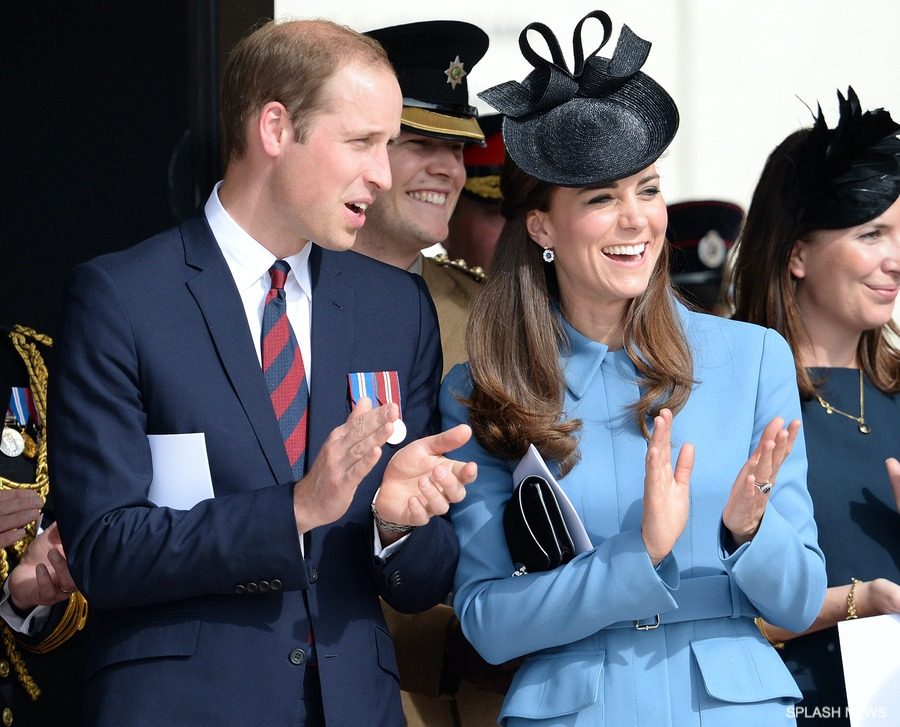
We saw the Duchess wear it two months previous, during a visit to Blenheim, New Zealand.
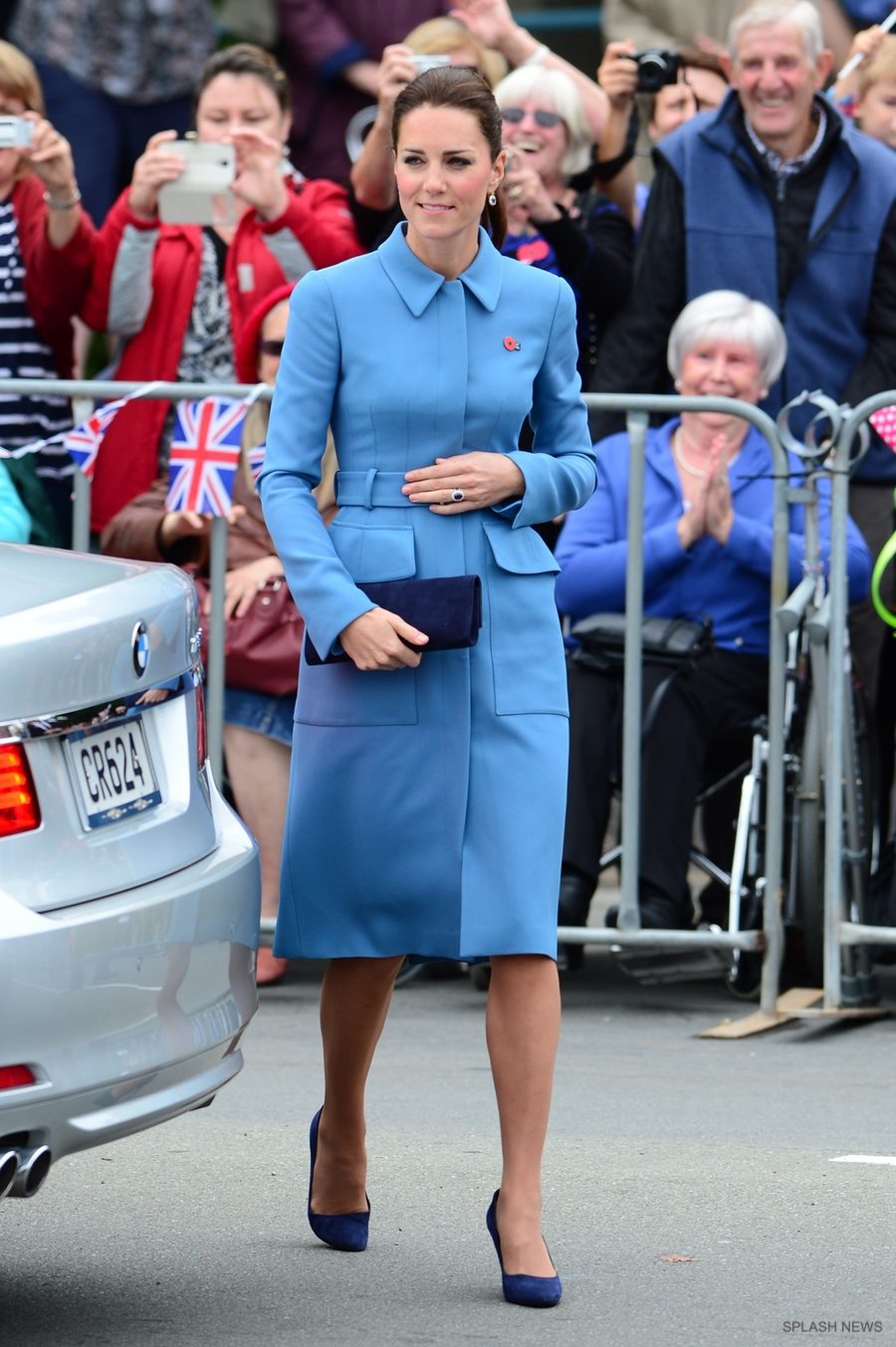
The coat is bespoke, made just for Kate. It features a collar, long sleeves, a belt and peplum flaps. While custom-made, the coat clearly features elements from McQueen’s ready-to-wear collection.
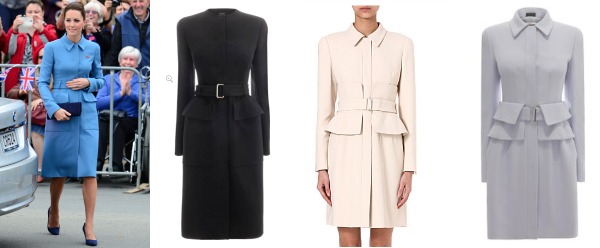
From left to right:
Utility coat dress in black // Peplum waistcoat in sand // Utility peplum coat dress in powder blue
Kate’s hat is the ‘Salsa’ style by Sylvia Fletcher for Lock and Co. The Duchess first debuted the piece in June 2013 for the Royal Princess cruise ship christening. It retailed on Lock & Co’s website for £295.

Kate wore a pair of black suede shoes. I believe they’re the ‘Power‘ style by Stuart Weitzman. (Pictured below on a different occasion).
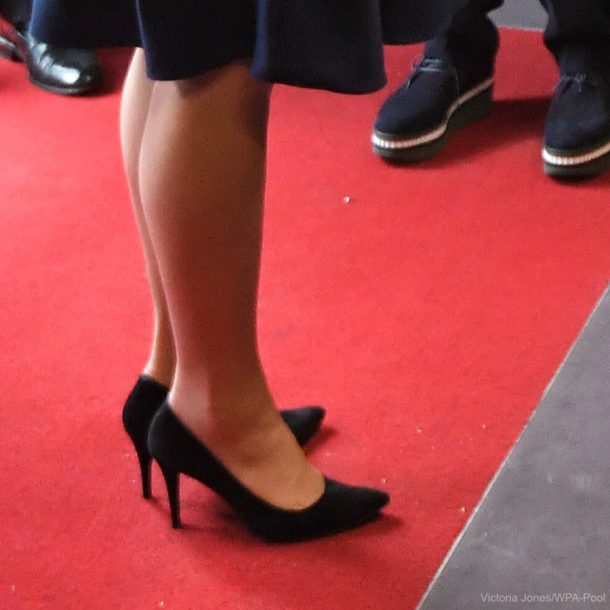
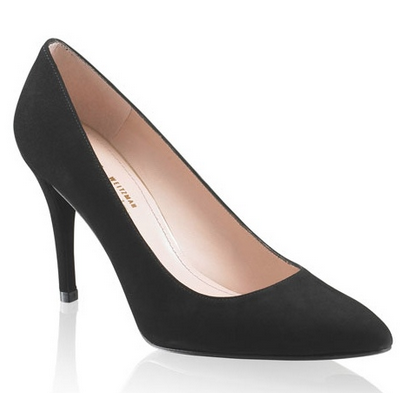
Kate wore her blue sapphire and diamond earrings. She’s worn them frequently since 2011. It’s often speculated that these earrings came from Princess Diana’s collection and were a gift from Prince William.
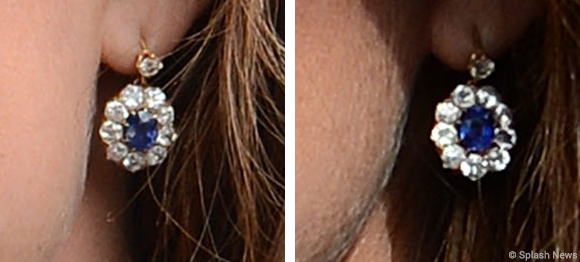
Finally, Kate carried her black suede Mulberry Bayswater clutch. The Duchess has worn this piece on a number of occasions recently, it’s quickly becoming a go-to piece (pictured below on a different occasion).
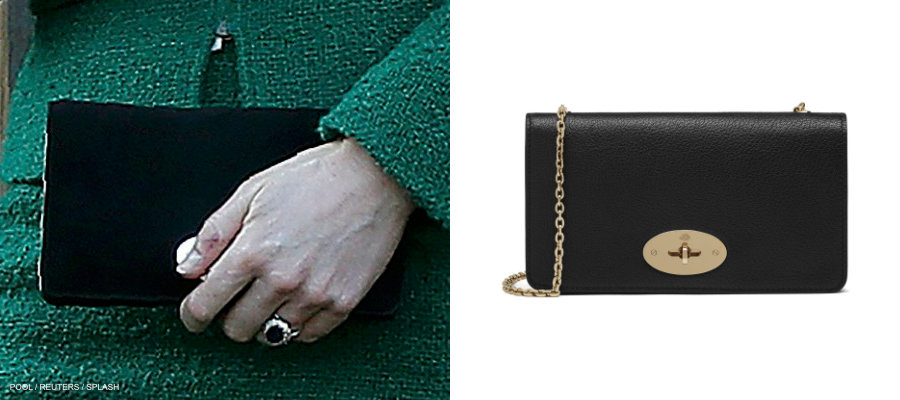
D-Day Essential reading:
Annie Darling’s D-Day blog for the Normandy Tourist Board. She is publishing plenty of articles, photos and video blogs from various events during the commemorations (in English).
MOST RECOMMENDED: D-Day: How was the biggest ever seaborne invasion launched? This guide from BBC’s iWonder is fantastic. It’s easy to digest and packed full of media.
“1944: D-Day marks start of Europe invasion” – the “On This Day” section of the BBC website showcases some of the most important stories broadcast on the BBC News since 1950. This will be the original report about the events from the 6th June 1944.
D-Day: 70th Anniversary Collection – British Pathé’s website contains a special section of archived video footage from the Normandy Landings in 1944.
Stories of D-Day Veterans – the Royal British Legion have compiled first hand accounts of the events and stories from veterans.
D-Day Landings 70th anniversary – live coverage – another fantastic live blog from the Guardian covering all the commemorative events.
D-Day landing scenes in 1944 and now – interactive – scroll through the Guardian’s article and click on the photos to see how the landscape has changed since 1944.
